10 Amazing Resistance Band Exercises To Fire Up Your Legs
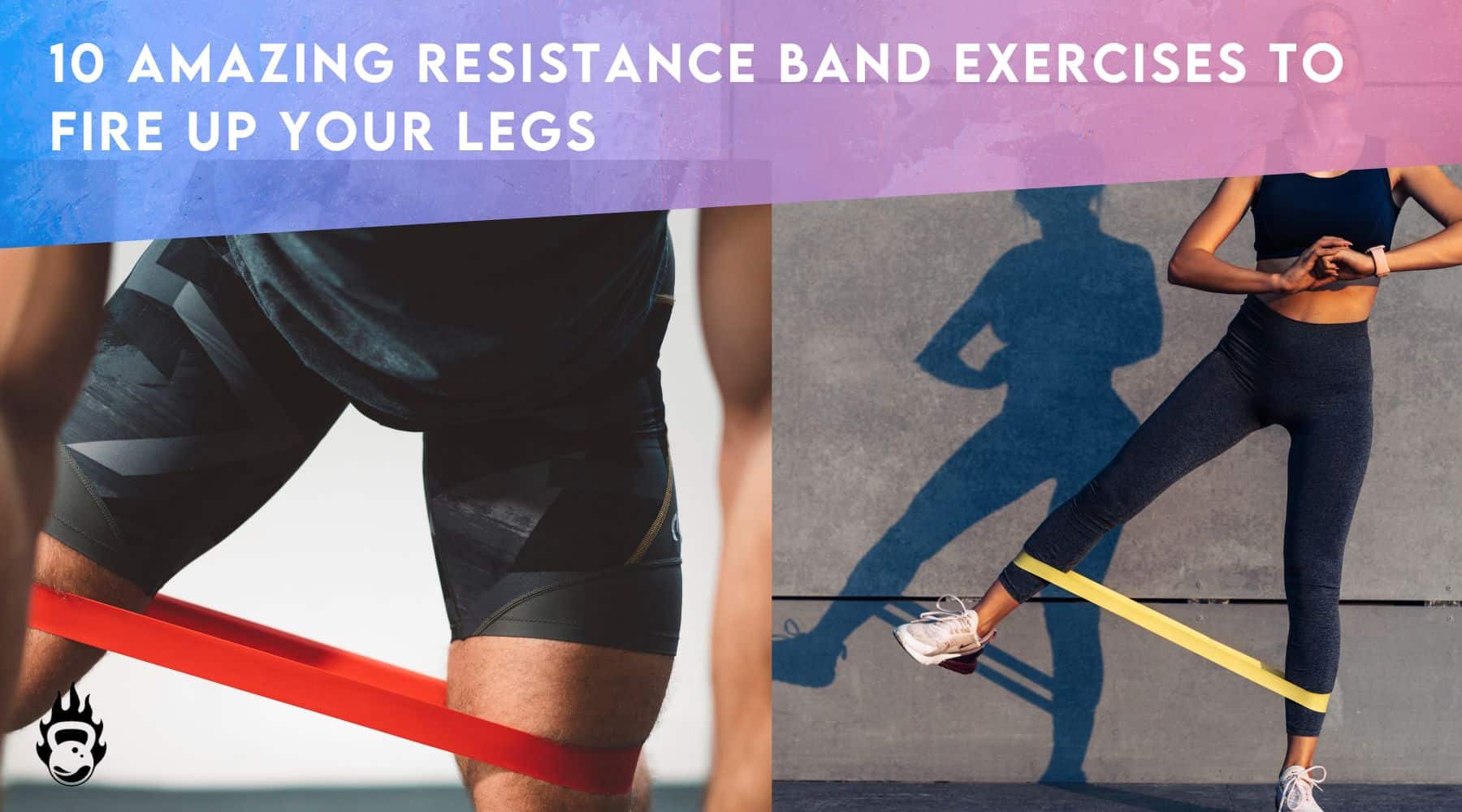
Toned legs. Sculpted butt. Don’t we all want ‘em?
Sure, sweating it out at the leg press machine or a squat rack will get you there. But what if we told you that resistance bands were all you needed to get those super-sculpted legs and glutes?
Although it might seem that rubbery resistance bands have no game compared to huge (and intimidating) plates of iron, research shows otherwise.
In this blog, we’ll talk about 10 amazing resistance band exercises for legs that’ll take your leg day routine up a notch! We’ll also answer FAQs including
- Can you build strong legs with resistance bands?
- Are resistance bands good for toning legs?
- How do you use resistance bands on your legs?
So brace yourself and let’s go!
Resistance Band Exercises for legs using Hip bands / Mini loop bands
1. Banded Squat Jacks
Muscles worked: Quadriceps, glutes, and hip adductor muscles.
How to perform
- Loop a hip band slightly above your ankles.
- With your palms together in front of you, stand erect with your feet shoulder-width apart.
- Now jump up and squat down as wide as you can. Your hips should be aligned with your thighs.
- Return to the starting position.
- Perform 1 to 2 sets of 10-15 reps as quickly as possible with good form.
You might also like: Different Types Of Resistance Bands & The Best One For You
2. Banded Monster Walks
Muscles worked: Hip abductors
How to perform
- Loop a resistance band just above your ankles.
- Keep your feet hip-distance apart so that the band is taut.
- Keep your hands together in front of you.
- Push your hips back and bend your knees slightly (quarter-squat position).
- Engage your core and take a wide step forward with one foot, followed by the other.
- Do so for a few steps forward and then start walking backward for a few steps.
Tips:
- You can place the band above your knees, above your ankles, or a combination of both. The farther away you place the band from your hips, the more challenging the exercise will get. So place the band appropriately depending on your strength.
- Ensure that your steps are wide so that your outer glutes are activated.
3. Glute Bridge with Alternating Leg Extensions
Muscles worked: Gluteus maximus, hip flexors, quadriceps, obliques
How to perform
- Lie on the floor and wrap a booty band just above your knees.
- Place your hands by your sides, bend your knees and keep your feet flat on the floor at hip-width apart.
- Engage your glutes and core and raise your hips a few inches off the floor.
- Extend your left leg till it’s straight and then bring it back down to the floor.
- Now lower your hips down to the floor.
- Lift your hips again and repeat with your right leg.
- Perform 10-15 reps on each side.
Tip:
While bringing your foot back to the floor each time, ensure that your heels touch the floor and not your toes.
4. Resistance Band Standing leg lifts
Muscles worked: Outer thigh muscles, hip abductors
How to perform
- Standing with your feet hip-width apart, wrap a resistance band around your ankles.
- Balance your weight on your left leg.
- Now squeezing your glutes and thighs, slowly extend your right leg sidewards as much as you can while remaining in a straight position.
- You could use a chair for supporting your left hand.
- Now bring your right leg back to the original position in a controlled manner, without your foot touching the ground.
- Perform 10-15 reps and then switch sides.
5. Banded Glute Bridge Abduction
Muscles worked: Gluteus maximus, hip abductors, hamstrings, back, core.
How to perform
- Lie on a mat with your knees bent and feet flat.
- Loop a resistance band just above your knees.
- With your hands by your sides, lift your hips off the floor by a few inches, while engaging your glutes.
- Keep your knees hip-distance apart so that the band is taut.
- Now start moving your knees away from each other as far as you can and then return to the original position.
- Keep pulsing for 5-8 reps and then bring your hips back down to the floor.
- Perform 3-4 sets.
Variation:
You could also hold the glute bridge for a minute or so, instead of moving your knees in and out.
6. Banded Squat side steps
Muscles worked: Quadriceps, hamstrings, glutes, external obliques
How to perform
- Loop a resistance band around your ankles.
- Your feet should be a little wider than hip-distance apart.
- Now come into a half-squat position. Retain this position throughout the exercise.
- Tightening your core, step your left foot forward and to the left.
- Bring your right foot to join the left one at such a distance that there is always tension in the band.
- Step your right foot forward and to the right.
- Now bring your left foot to join the right one.
- Continue to move forward a few steps and then go backward.
7. Banded lying (prone) leg curl
Muscles worked: Hamstrings, calf muscles, glutes, quadriceps.
How to perform
- Lie face down on a mat with a resistance band looped around your ankles.
- Engaging your core, begin to bend your left leg at the knee so that your foot is at 90 degrees to the ground.
- Pause for a few seconds and then lower your leg towards the floor.
- Perform 10-15 reps and then switch sides.
Buy Burnlab’s Hip Band set here.
Resistance Band Exercises for legs using loop/power bands
8. Resistance Band leg press
Muscles worked: Quadriceps
How to perform
- Lie flat on the floor and bring your knees toward your stomach.
- Take a loop resistance band and wrap it around your feet, while holding the other end of the band in your hands.
- Extend your legs out and push against the band until your legs are straight and the band is taut.
- Now bring your legs back to the original position.
- Perform 10-15 reps.
Resistance Band Exercises for legs using Resistance Tube
9. Resistance Band Tabletop Glute kickbacks
Muscles worked: Glutes, hip flexors
How to perform
- Place your hands inside the handles of a resistance tube.
- Get down on the ground in a tabletop position.
- The other end of the resistance band should be behind you on the floor.
- Position yourself in such a way that the resistance band is pressing against the arch of your left foot.
- Place your wrists underneath your shoulders, tuck your tailbone and ensure there is no arch in your back.
- Squeezing your glutes and core, push your left foot out behind you, forming a straight line from your heel to the top of your head.
- Now bring your foot close to your right foot without your knee touching the floor.
- Perform 8-10 reps and then switch sides.
10. Standing Hamstring curl anchored
Muscles worked: Hamstrings, glutes, quadriceps, calf muscles.
How to perform
- Set up your door anchor on the inside of the door.
- Loop your resistance tube through the door anchor and attach it to the ankle strap.
- Now securely strap the ankle strap onto your right ankle.
- Now face the door and put your hand against the wall.
- Step back so that there is slight tension in the band.
- With your core engaged, raise your right heel towards your butt.
- Now return to start in a slow and controlled manner.
- Perform 10-15 reps and then switch sides.
Buy Burnlab’s resistance tube set here.
FAQs
1. Are resistance bands good for legs?
Resistance bands are very good for your legs and glutes because they compel your larger muscles to work harder, push you to use correct form, and thus generate power from the right muscles.
With resistance bands, your muscles are under constant tension throughout the range of motion and this creates better muscle growth. For instance, when you wrap a hip band around your thighs in a banded squat, there is constant tension on your muscles both in the eccentric and the concentric parts of the exercise.
Related: 11 Amazing Benefits Of Resistance Bands Workouts
2. Can You Build Strong Legs With Resistance Bands?
Yes, absolutely! Exercising with resistance bands helps to develop leg strength, flexibility, stability, and explosive power.
Strength training using weights targets only the large muscle groups i.e. your quadriceps, hamstrings, glutes, and core.
So, what leg muscles do resistance bands work?
In addition to your large muscle groups, resistance bands also recruit your small “stabilizer” muscles. These stabilizer muscles play a huge role in supporting the bigger muscle groups and hence lower your chances of injury. They are also vital for balance and joint stability.
Stabilizer muscles include
- Hip flexors (group of muscles near the top of your thighs)
- Hip abductors (muscles located on the lateral thigh)
- Hip adductors (muscles in the medial compartment of the thigh)
- Obliques (side abdomen)
3. Are resistance bands good for toning legs?
Resistance bands are great for toning not just your legs, but your entire body.
They help strengthen and build your muscle mass and thus your body burns more calories. Coupled with a healthy diet, this will eventually lead to a reduction in fat mass.
Following a regular resistance training routine can thus result in stronger, tighter leg muscles that give your legs a more defined and toned look.
4. How do you use resistance bands on your legs?
You can place resistance bands either above your knees, above your ankles, or in some cases around your feet.
- To make exercises easier, loop the band around your thighs.
- To amp up the difficulty level of exercises, loop the band around your calf.
- For floor exercises including bird dogs, clamshells, fire hydrants, etc., loop the resistance band above your knees to increase glute activation and growth.
- Do not wrap bands directly around joints as this can put undue stress resulting in injuries.
In a recent study, it was seen that there was increased activation in the gluteus maximus and gluteus medius during lateral band walks, when resistance bands were looped above the ankles or around the feet when compared to above the knees.
Final words
As we’ve seen, the benefits of using resistance bands for legs are plenty! So go on, grab a set of Burnlab resistance bands and fire up those glutes and legs!
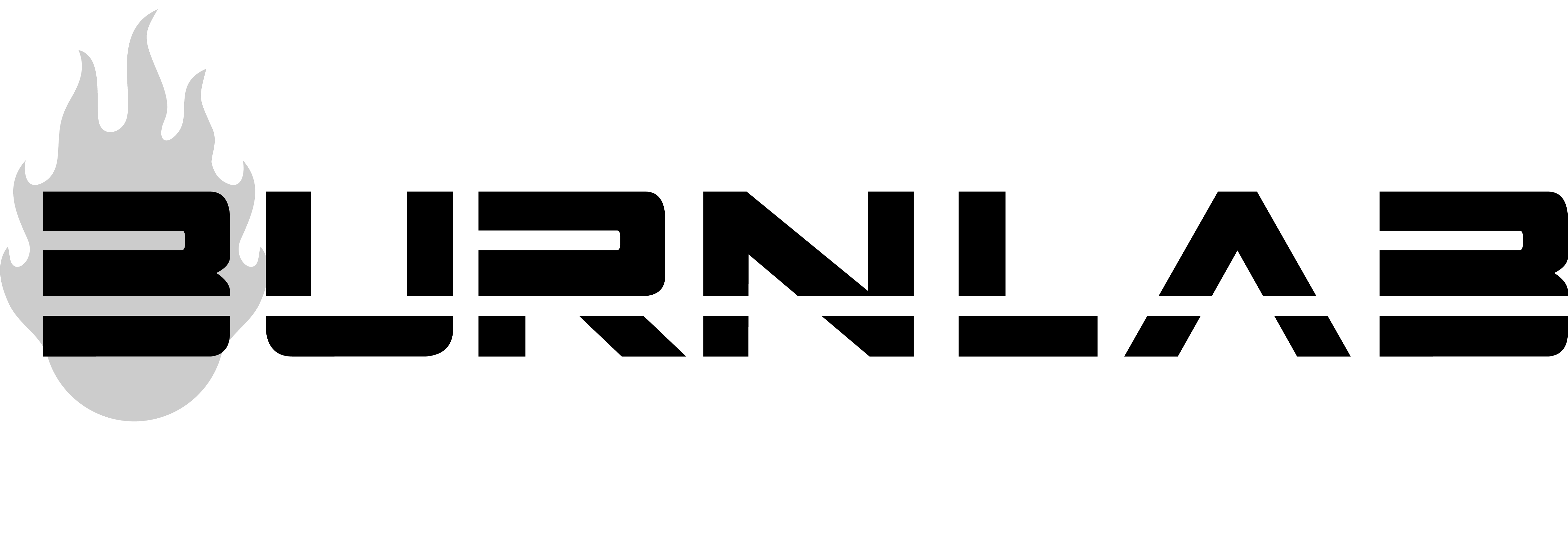

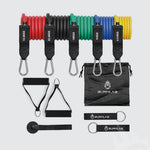
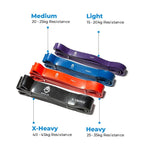
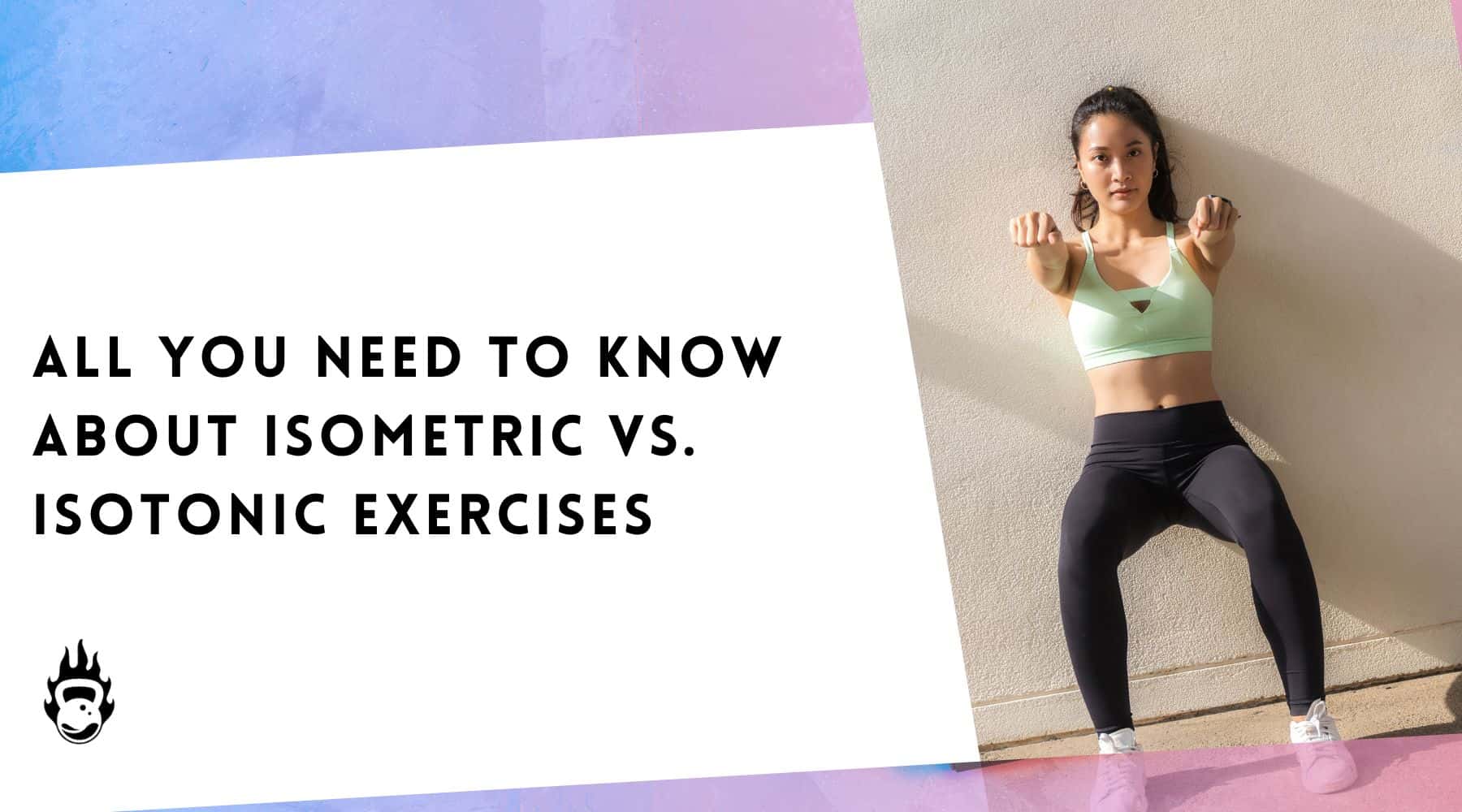
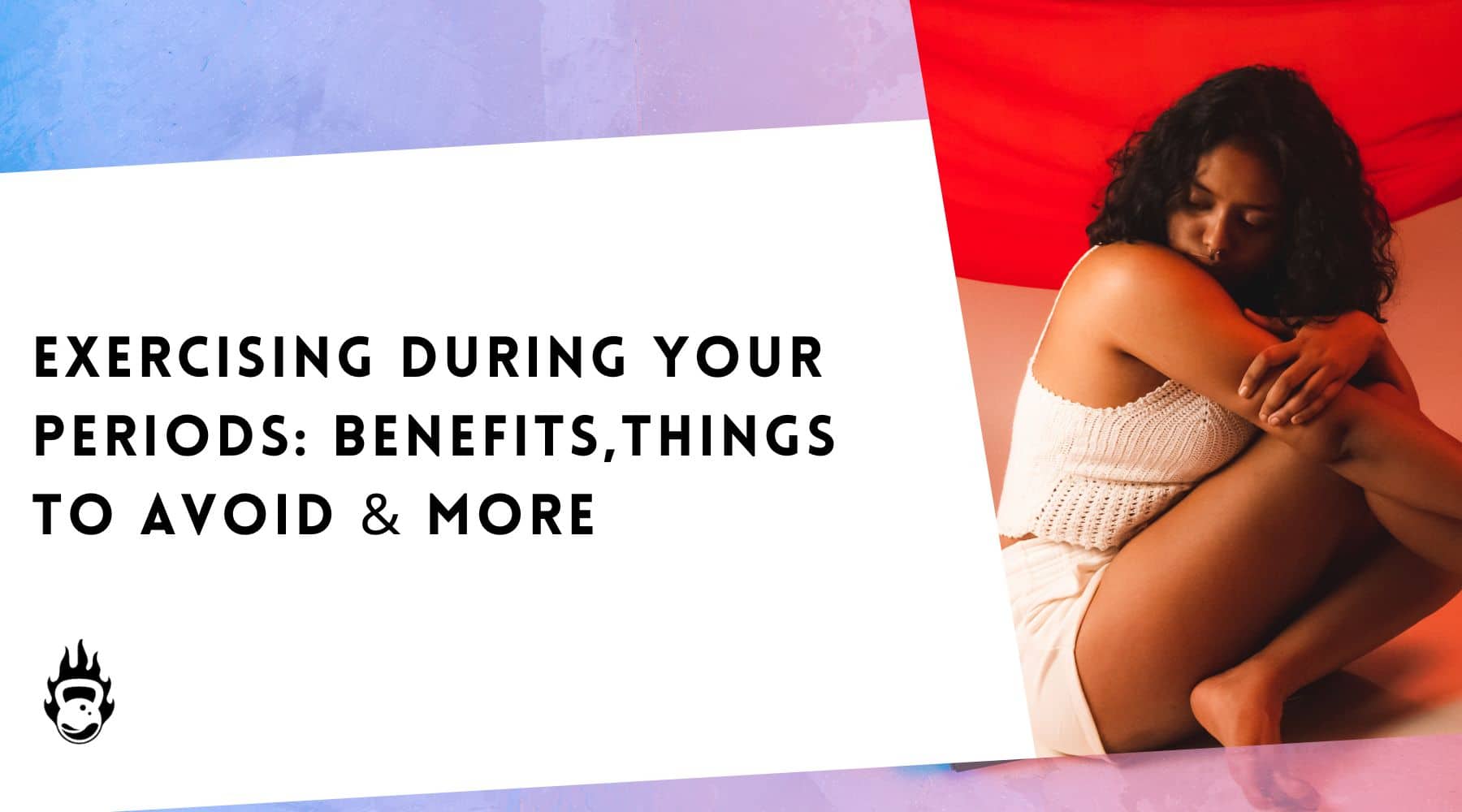
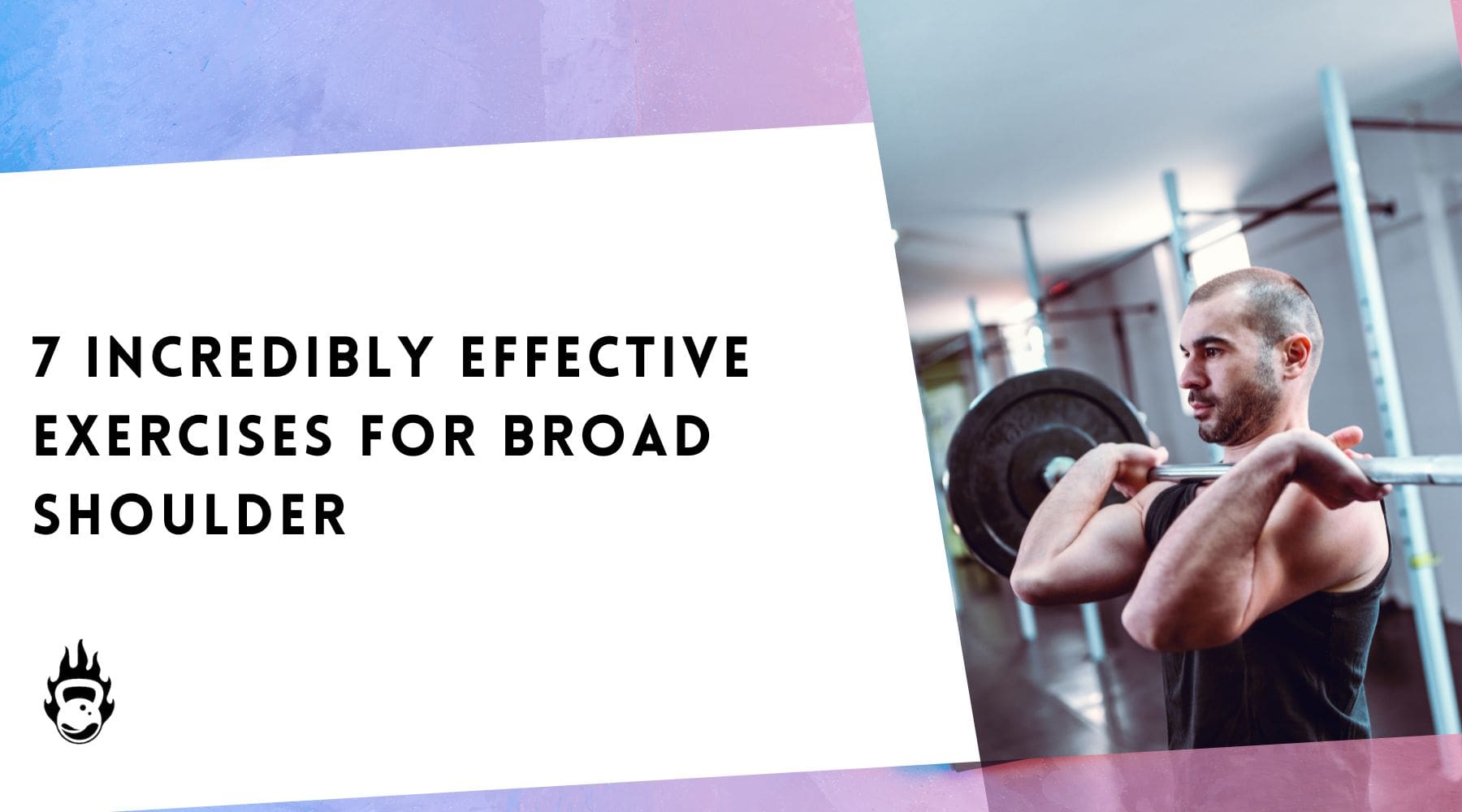
Leave a comment